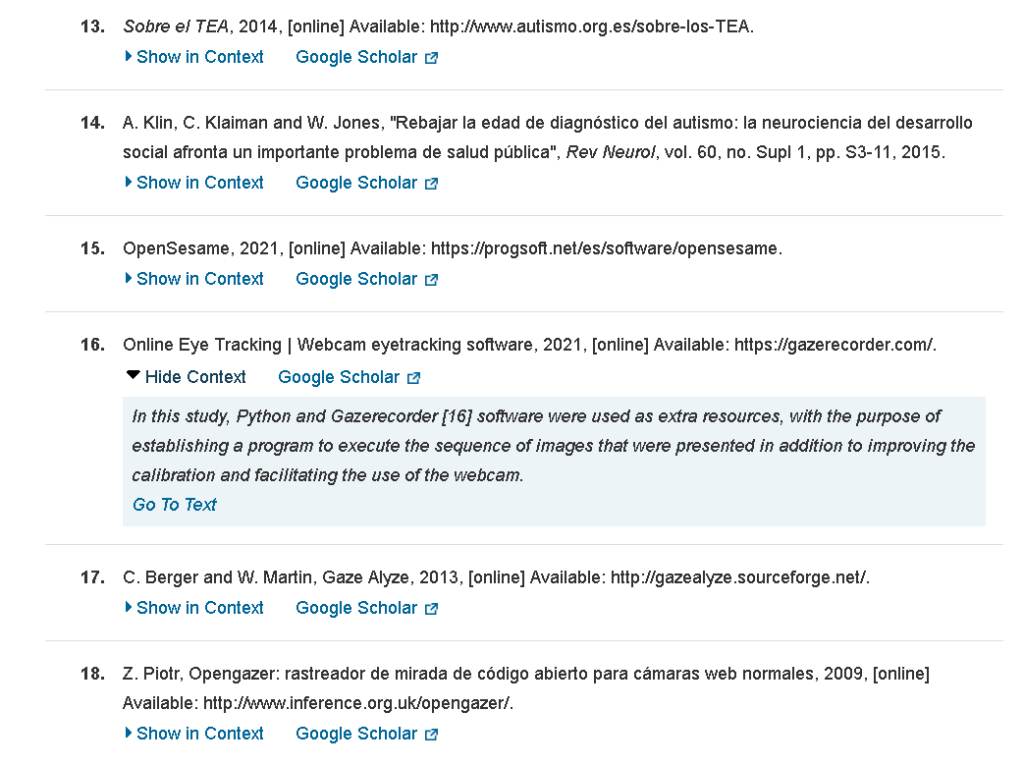Autism spectrum disorder (ASD) is a developmental condition that involves persistent challenges in social interaction, speech, nonverbal communication, and repetitive behaviors in individuals with ASD. Eye-tracking technology has recently been used to differentiate between individuals with and without the presence of ASD, using a variety of variables, parameters, and conditions. In this research work, a method was designed, implemented, and analyzed to recognize visual preferences in children diagnosed with ASD using Eye-Tracking for generation of Heatmaps as an analysis tool. As visual stimulus for the participants, images were shown using social content distributed in three experiments with emphasis on faces, gestures, and interaction between people respectively, to establish similarities and differences. The population included 20 patients diagnosed with ASD between 3 up to 6 years old, from the western region of the state of Michoacán, Mexico, showing a strong bias to visual preference for inanimate images, avoiding faces, gestures and people interaction in the images used in the experiments.
